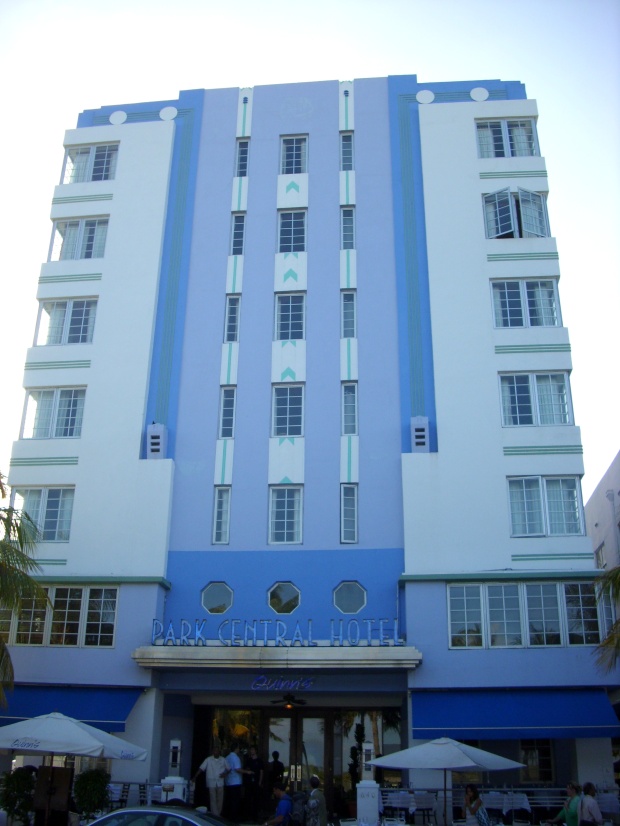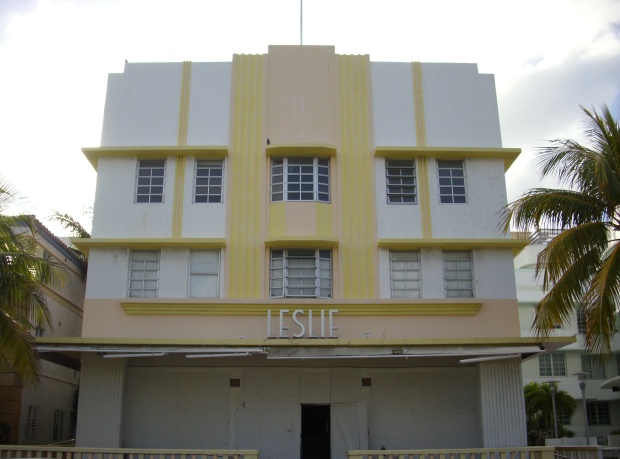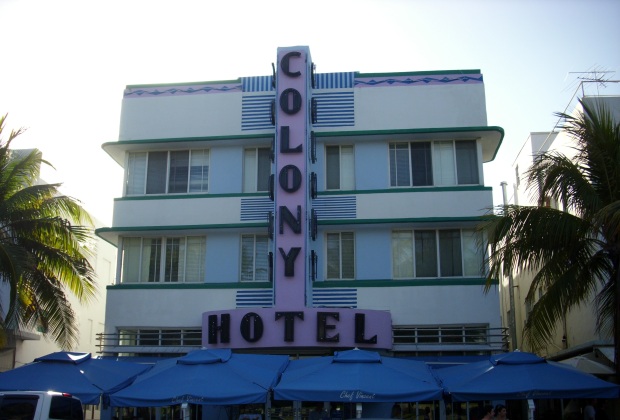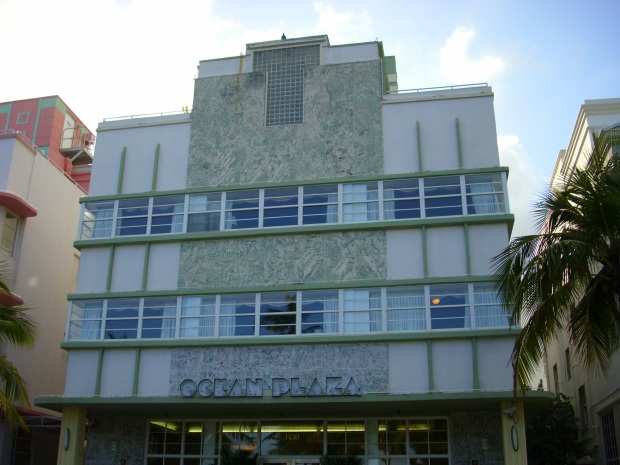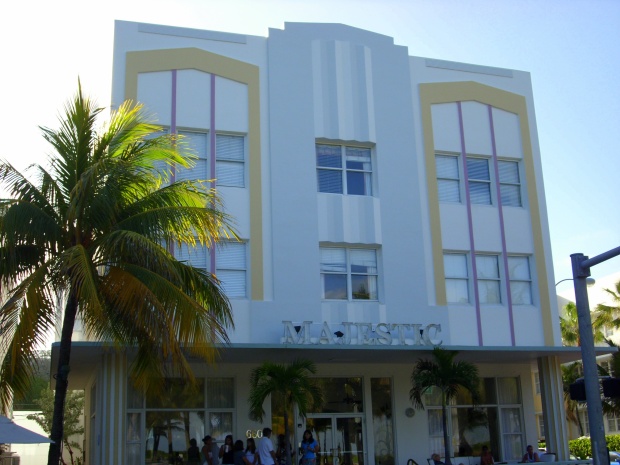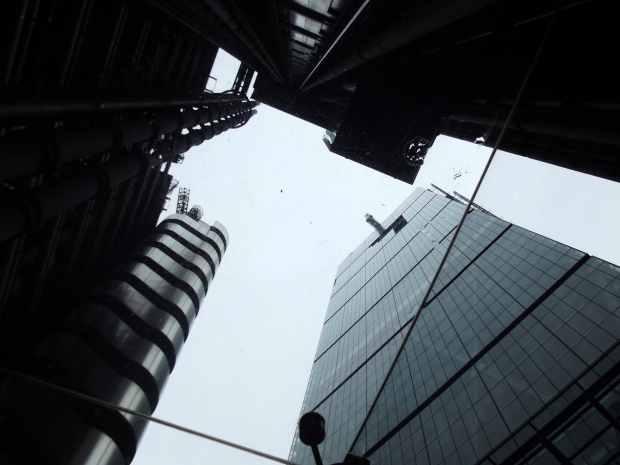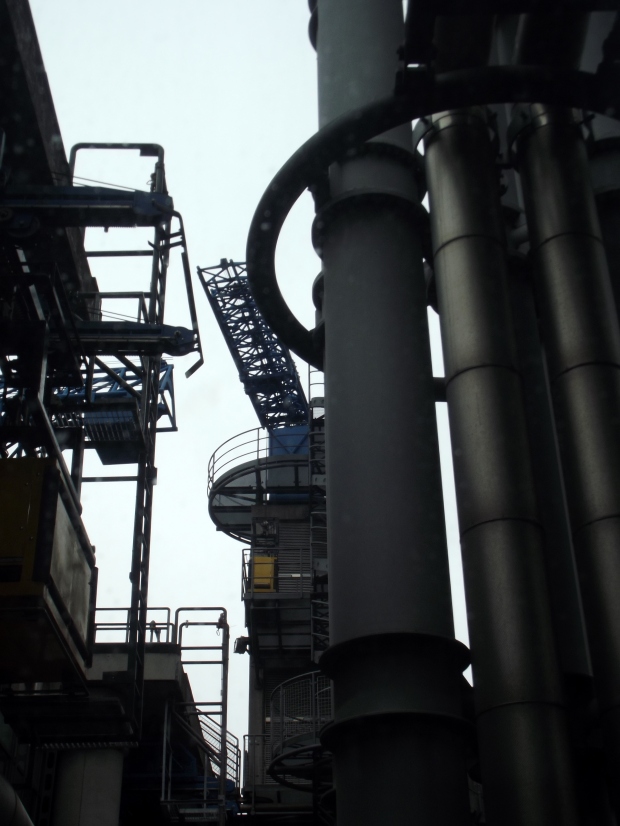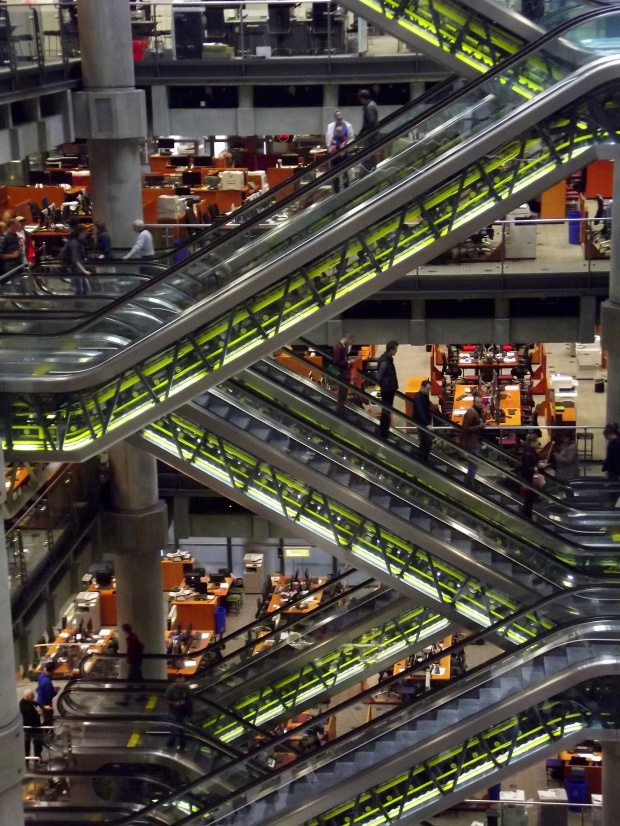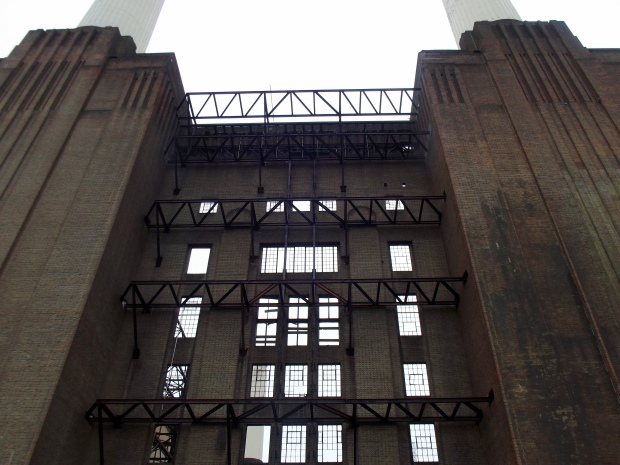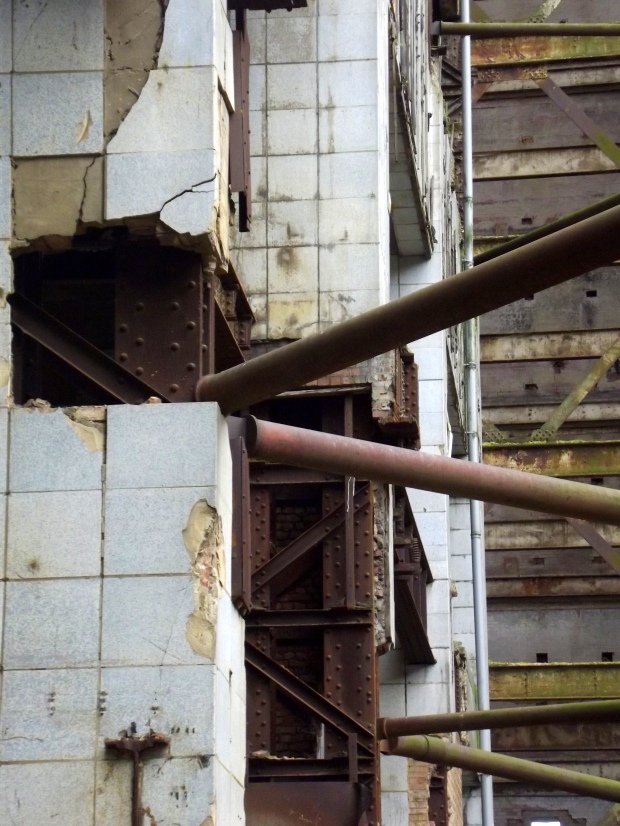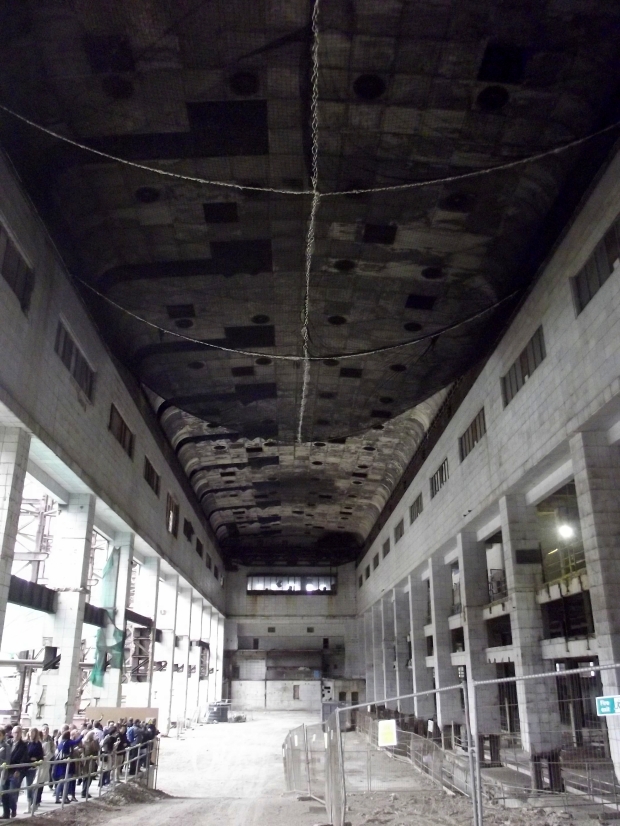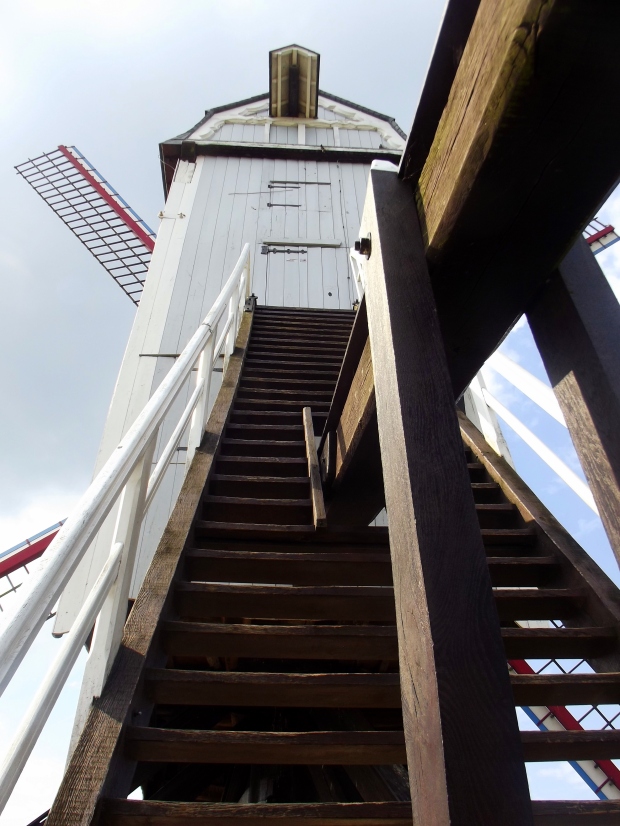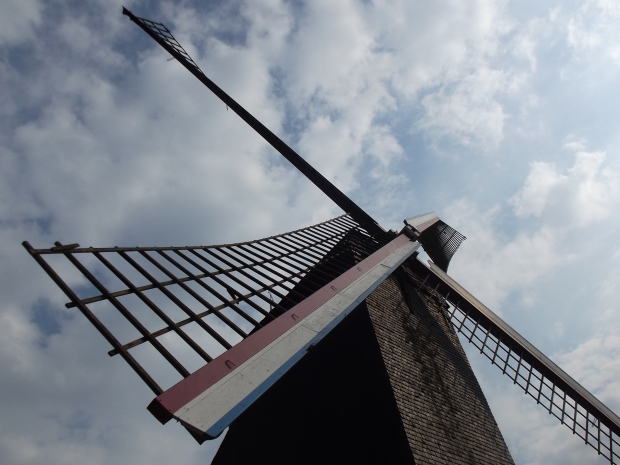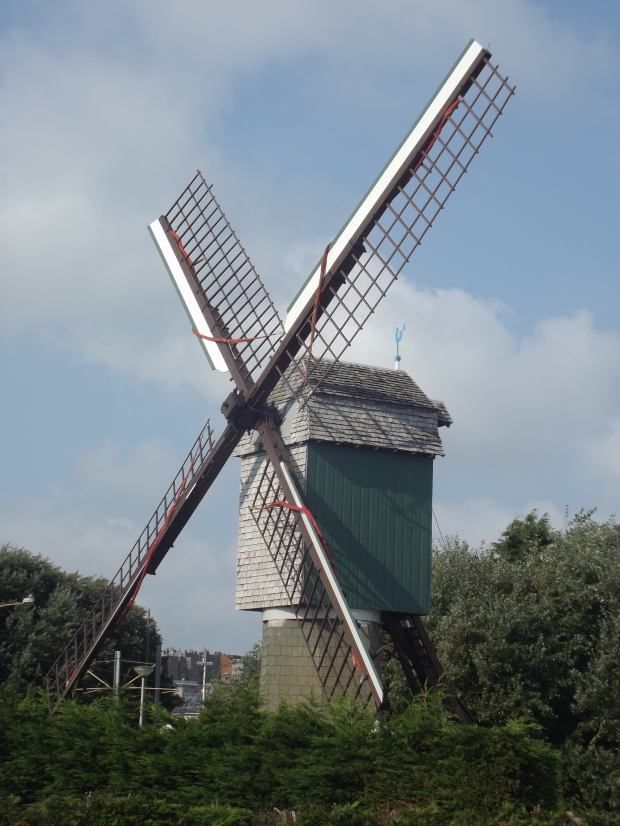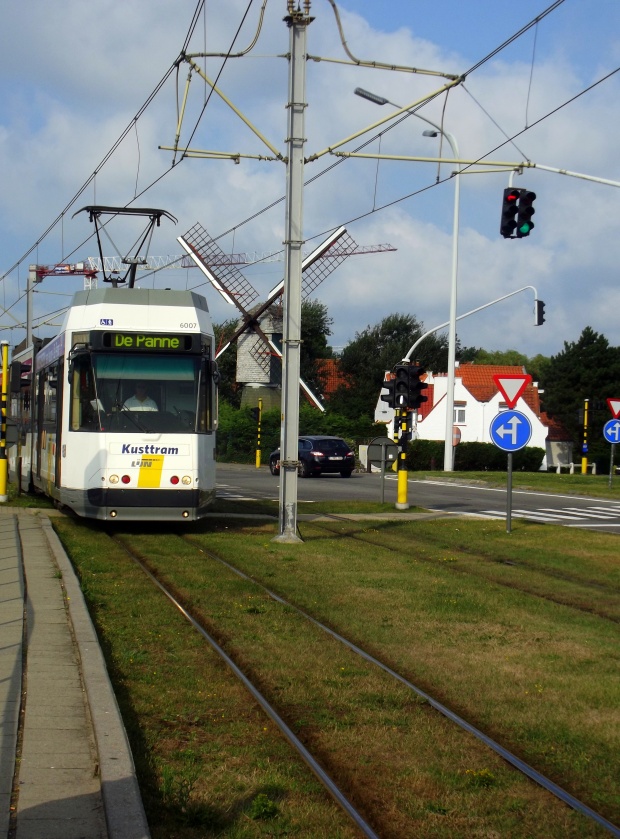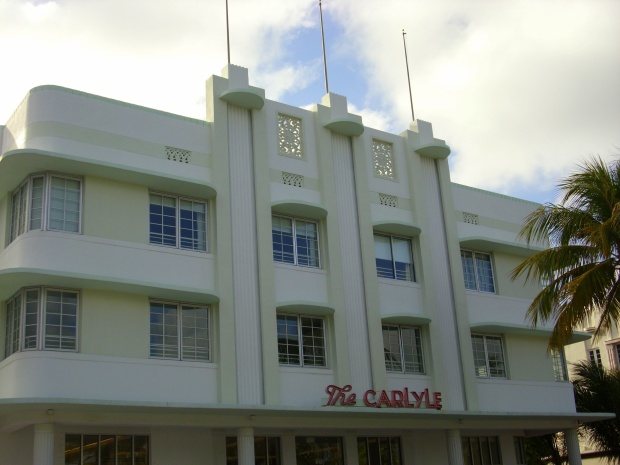 After booking on Yannick Pucci’s London Art Deco Tour I dug out some of my old photographs from the Art Deco hotels in Miami. Being fair of skin, I got horrifically sunburnt on that trip, we’re talking real blisters the size of eggs all the way up one arm, and consequently didn’t do much. I did manage to straggle around the local hotels however, many of which had been crafted in the Art Deco style. My photography skills were still in their infancy but I still think the beauty of the buildings is evident.
]]>
After booking on Yannick Pucci’s London Art Deco Tour I dug out some of my old photographs from the Art Deco hotels in Miami. Being fair of skin, I got horrifically sunburnt on that trip, we’re talking real blisters the size of eggs all the way up one arm, and consequently didn’t do much. I did manage to straggle around the local hotels however, many of which had been crafted in the Art Deco style. My photography skills were still in their infancy but I still think the beauty of the buildings is evident.
]]>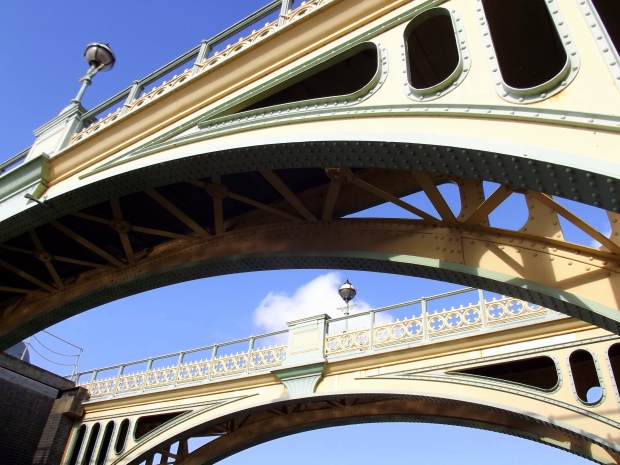 This weekend is Open House weekend and consequently I have been running about all over the city taking photographs of some of the capital’s most interesting buildings. Despite the fact it was Sunday, I was up sharpish this morning for a behind the scenes tour of Richmond Lock. I live nearby in Kew so managed to be the first in the queue.
This weekend is Open House weekend and consequently I have been running about all over the city taking photographs of some of the capital’s most interesting buildings. Despite the fact it was Sunday, I was up sharpish this morning for a behind the scenes tour of Richmond Lock. I live nearby in Kew so managed to be the first in the queue.
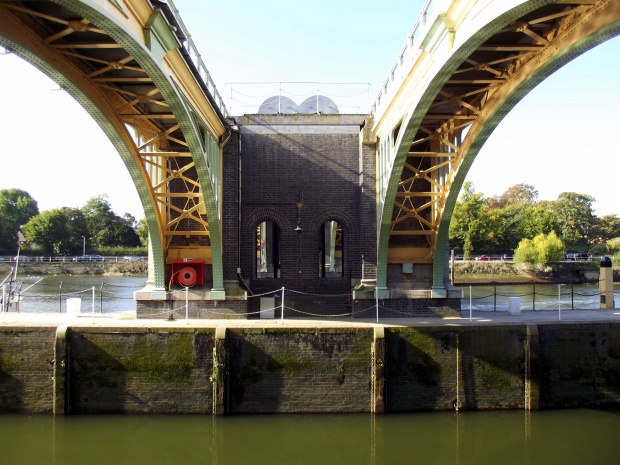
The lock is being repainted next year so I will probably photograph that process and ensure I get some more shots of her before she gets a makeover.
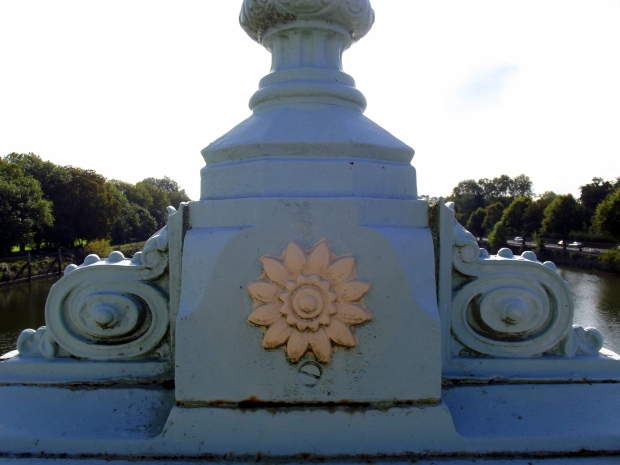
The Open House guide described her as a piece of ‘functional design’ but as she was built during Victoria’s reign she is also rather ornate.
 This is a view looking down into the weir from the walkway. A blend of shapes, textures and sounds.
This is a view looking down into the weir from the walkway. A blend of shapes, textures and sounds.
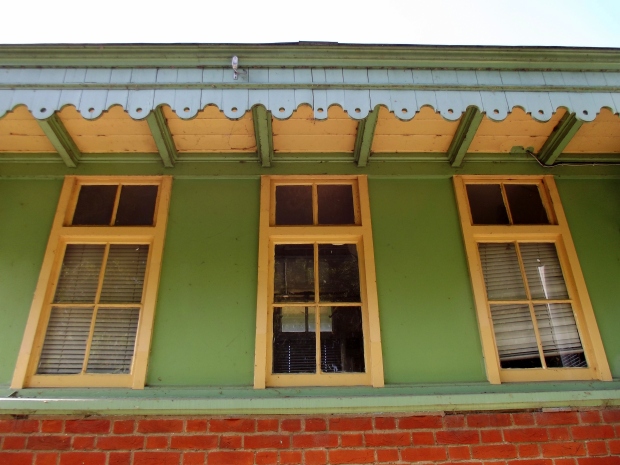 This is the side of the hut that once contained the toll booth. Once over pedestrians had to pay to cross over the river. It is now redundant as it is now free like all the other crossings in London.
This is the side of the hut that once contained the toll booth. Once over pedestrians had to pay to cross over the river. It is now redundant as it is now free like all the other crossings in London.
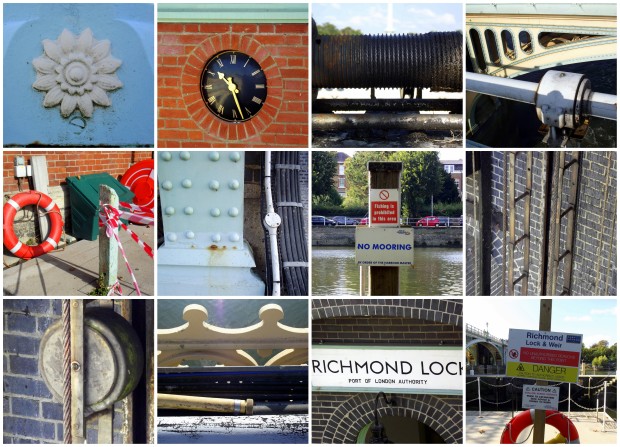 Some of the smaller details are captured in this collage. I particularly like the dark brick work around the Richmond Lock sign.
Some of the smaller details are captured in this collage. I particularly like the dark brick work around the Richmond Lock sign.
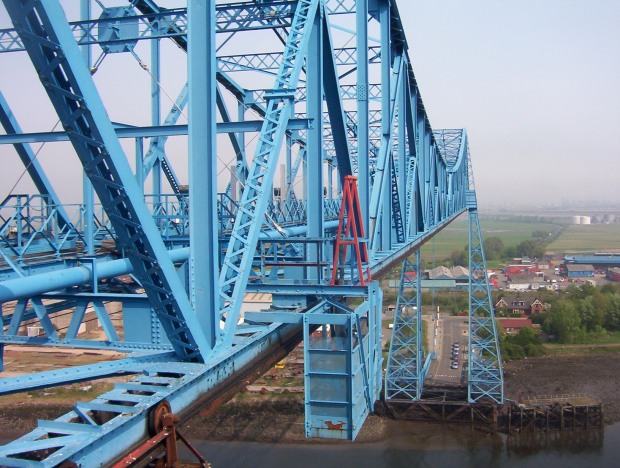
A view across the top of the bridge.
To celebrate my upcoming book on The Tees Transporter Bridge I’ve put together a free sample for your reading pleasure. In this extract: History, Heritage and Home, Bridge Education, Learning and Events Officer Tosh Warwick offers his thoughts on the iconic nature of the structure. This extract also explains why the bridge was important to the war effort during World War One.
Click here to view your free book sample.
Click here to pre-order your copy today. Only 100 copies of the first edition will be printed.
THIS BOOK IS ONLY AVAILABLE IN THE UK
]]>
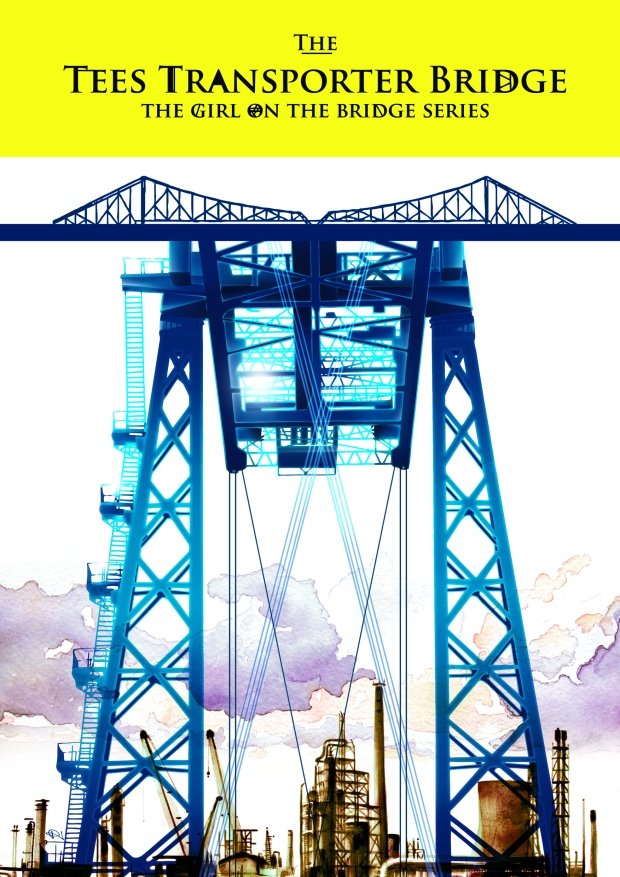
My new book about the Tees Transporter Bridge is due for release on Monday 23rd June 2014. It is a collection of stories, musings and memories from both myself and people who live in and around Teesside. This is more than just a straightforward history book; it is a volume that examines the cultural significance of the bridge and its impact on the local community. Furthermore, it conveys the bridge’s unique narrative which spans from modernism to the modern-day.
The book is 96 pages, printed in full colour and priced at £9.95. Only 100 copies of the first edition will be printed.
Click here to pre-order your copy.
THIS BOOK IS ONLY AVAILABLE IN THE UK
]]>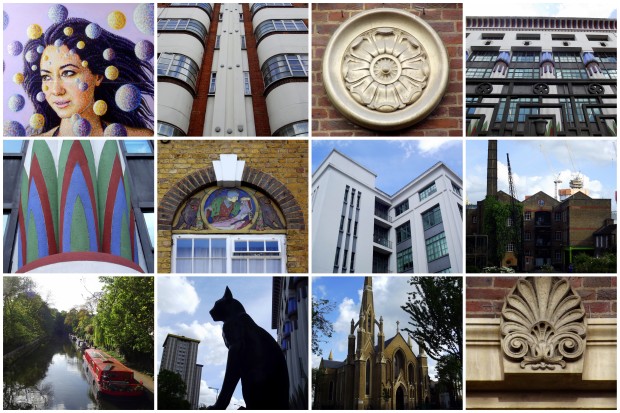
Today I did a dummy walk of my ghost signs tour. I’m running it to celebrate the release of my book: Fading Ads of London and the constant architectural flux in London means I had to check all the signs were still in place. I’m pleased to report that they are. Whilst doing my check I photographed some of the other architectural highlights that walkers will see on the tour. Street art, art deco architecture. canals and old warehouses will all feature. Places are limited but there are still a couple of spots left if you’d like to join us and enjoy some of the fading adverts about London.
]]>
This afternoon I had the pleasure of taking Yanick Pucci’s Art Deco walking tour through Bloomsbury. The collage above illustrates just a few of the beautiful Art Deco details on display in the Bloomsbury area and the friendly nature of the tour affords walkers the opportunity to ask plenty of questions. Yannick deserves special credit for putting up with my Easter-egg-fueled banter (which was mostly at his at expense) for the duration but also for exploring a less-obvious aspect of Bloomsbury’s heritage.
Though the tour is indisputably well-researched, carefully planned and informative, its most pleasing aspect is that the buildings on this tour are not the most-recognised examples of London Art Deco. Instead, Yannick has chosen to include buildings that would otherwise be overlooked and forgotten; they are just as interesting as well-known Art Deco beauties like the Hoover Building but due to the heady speed at which people bustle by in the Bloomsbury area, without Yannick’s tour these buildings would be nothing more than bystanders ignored by commuters and tourists alike.
If you’ve a vague interest in architecture I recommend booking onto one of Yannick’s future Art Deco tours.
]]>
During Open House weekend I managed to make it inside The Lloyd’s Building. It had a range of different interiors but the lighting in the Adam Room – a Georgian interior – wasn’t camera-friendly. Consequently I have posted a few shots of the more modern aspects of the building, and a view from inside the lift looking up and inside the list looking out. It really was a rather inspirational building. Well worth the £12 it usually costs to get in I’d say.
]]> Open House weekend this year allowed me to fulfill a long standing dream of mine: to explore the inside of Battersea Power Station. I found the whole experience very moving; awe-inspiring architecture tends to make my eyes go a bit glassy (it’s up there with the end of It’s A Wonderful Life). The photographs here are just a small selection of the hundreds I took, at some point I’ll work out what to do with the rest.
Open House weekend this year allowed me to fulfill a long standing dream of mine: to explore the inside of Battersea Power Station. I found the whole experience very moving; awe-inspiring architecture tends to make my eyes go a bit glassy (it’s up there with the end of It’s A Wonderful Life). The photographs here are just a small selection of the hundreds I took, at some point I’ll work out what to do with the rest.
]]>
 During my 5 day stint in Belgium I was absolutely spoilt for windmills. In Bruges there were four sitting in a row on the outskirts and when we took a tram along the coastline we discovered another one sitting on its own in somebody’s front garden. There are a few more snaps below and I’ve uploaded the rest to Flickr here.
During my 5 day stint in Belgium I was absolutely spoilt for windmills. In Bruges there were four sitting in a row on the outskirts and when we took a tram along the coastline we discovered another one sitting on its own in somebody’s front garden. There are a few more snaps below and I’ve uploaded the rest to Flickr here.
]]>
 The image above is a brick from the now demolished Ravenscar brickworks. Owned by the Whitaker Brick Company, the works were set up at the turn of the century when plans were made to turn Ravenscar into a resort to rival the neighbouring Scarborough. The plans were scrapped, however, when it became apparent that a steep trek down a sheer drop to the beach (sans cliff lift) was not really what holiday-makers wanted. Today we took a walk along what was once the Scarborough to Whitby railway line. Ravenscar was the highest point on the line and was for a long time referred to as Peak village.
The image above is a brick from the now demolished Ravenscar brickworks. Owned by the Whitaker Brick Company, the works were set up at the turn of the century when plans were made to turn Ravenscar into a resort to rival the neighbouring Scarborough. The plans were scrapped, however, when it became apparent that a steep trek down a sheer drop to the beach (sans cliff lift) was not really what holiday-makers wanted. Today we took a walk along what was once the Scarborough to Whitby railway line. Ravenscar was the highest point on the line and was for a long time referred to as Peak village.
 This is the disused railway tunnel. I believe you can open the door but as I had parents and a dog in tow I chose to save that adventure for another day.
This is the disused railway tunnel. I believe you can open the door but as I had parents and a dog in tow I chose to save that adventure for another day.
 The pathway to Robin Hood’s Bay along the old railway line has the added bonus of panoramic views of the coastline.
The pathway to Robin Hood’s Bay along the old railway line has the added bonus of panoramic views of the coastline.
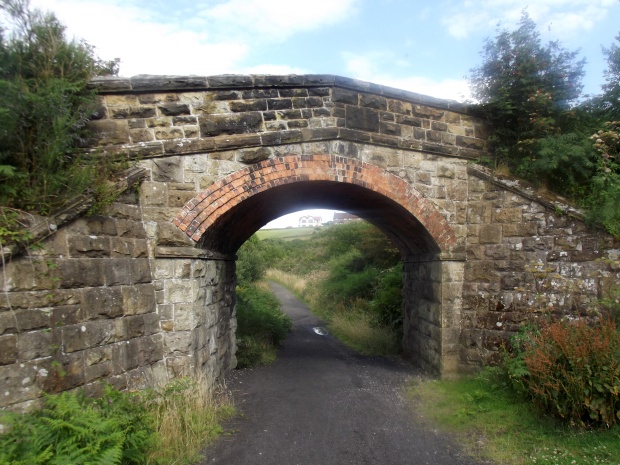 This is a disused railway bridge, the trains ran through the tunnel until the mid-sixties.
This is a disused railway bridge, the trains ran through the tunnel until the mid-sixties.
 These are the left over sleepers from the railway line.
These are the left over sleepers from the railway line.
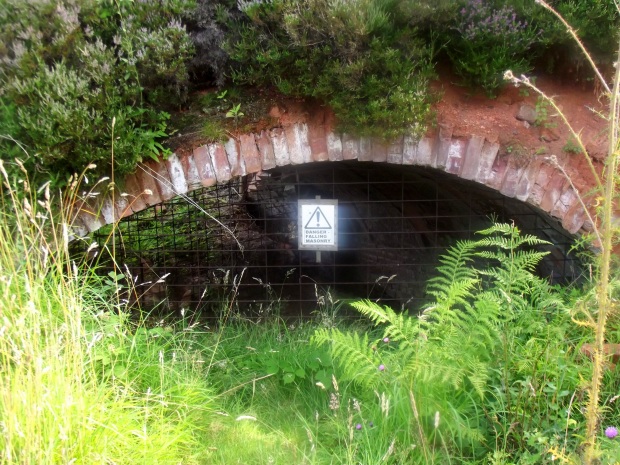 There isn’t a great deal left at the old brickworks site, but the photo above and those below show what’s left.
There isn’t a great deal left at the old brickworks site, but the photo above and those below show what’s left.
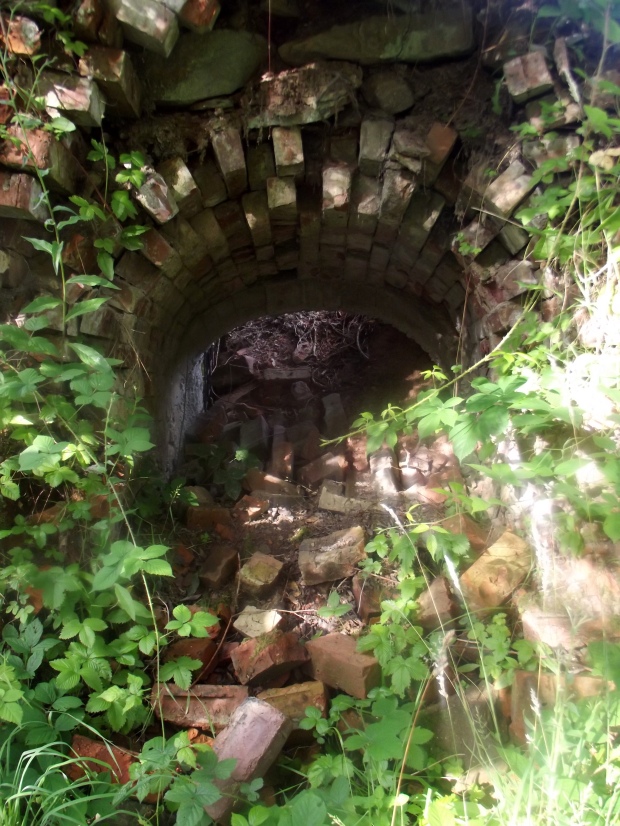
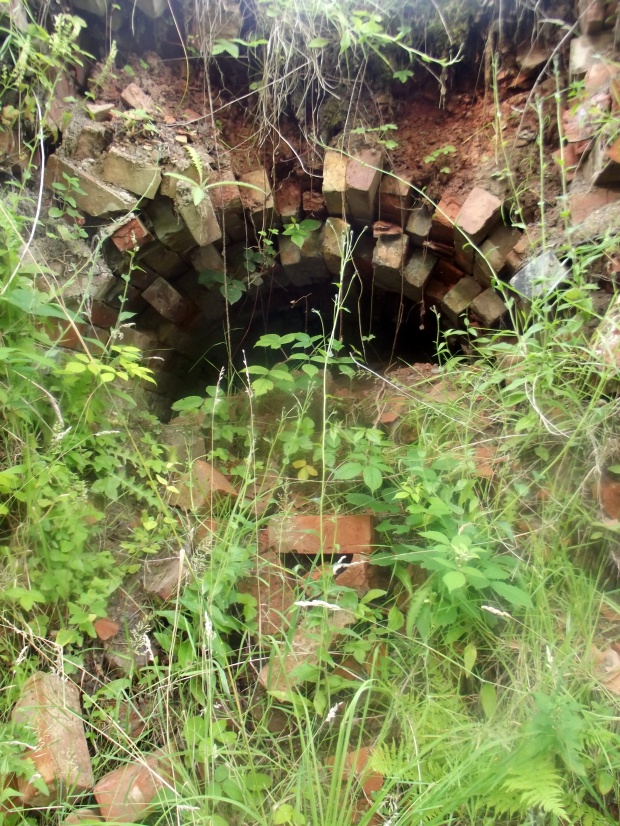
 Below is a small viaduct that was once part of the old line. We didn’t walk any further than this today, there are likely to be other relics further down the route, but this gives an indication of what once stood. Ravenscar is now a very quiet, isolated location and it’s quite sad to think of the grand plans that were once drawn up for the area. So much work went into building this railway, and I’ve no doubt the brickworkers would have put in many a long day, but ultimately once a regular bus service began along the coast the railway line was all but redundant. Especially with the brighter lights of Whitby and Scarborough luring tourists away.
Below is a small viaduct that was once part of the old line. We didn’t walk any further than this today, there are likely to be other relics further down the route, but this gives an indication of what once stood. Ravenscar is now a very quiet, isolated location and it’s quite sad to think of the grand plans that were once drawn up for the area. So much work went into building this railway, and I’ve no doubt the brickworkers would have put in many a long day, but ultimately once a regular bus service began along the coast the railway line was all but redundant. Especially with the brighter lights of Whitby and Scarborough luring tourists away.
 I recommend going to this site to find out more: http://www.nymcam.co.uk/080201.htm thanks to @ghostsignsuk for tweeting it to me.
I recommend going to this site to find out more: http://www.nymcam.co.uk/080201.htm thanks to @ghostsignsuk for tweeting it to me.
